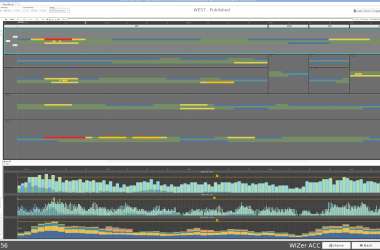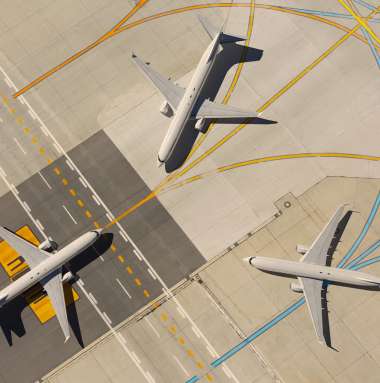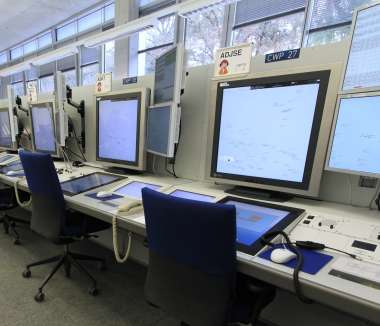
Working on tomorrow's technology today
DFS has its own inhouse unit for research and development. At this unit, engineers, scientists, software developers, psychologists and other specialists are working on the future. They take the best of the technological trends and make them ready for the reality of air traffic control, with new procedures, new data and new assistance systems which reduce the workload of air traffic controllers. They are also investigating how flying can be made more climate-friendly.
To evaluate the impact of these innovations in practice, we use highly specialised tools, such as simulation systems. Our research and development projects also build on strong national and international collaborations. These include the German aeronautical research programme and the European Single European Sky ATM Research (SESAR) programme as well as bilateral collaborations with other air navigation service providers, various research institutions and universities.
As diverse as the various research and development projects are, they have one thing in common: They serve to make DFS even better and even more effective.





